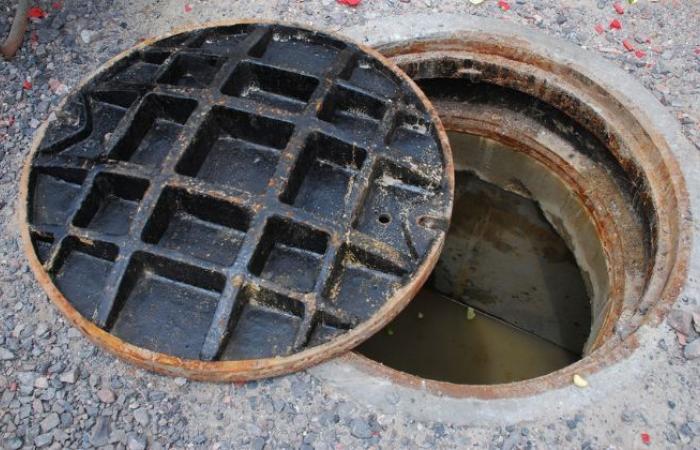“It is important to note that the virus was isolated only from environmental samples – no associated cases of paralysis were detected“, the WHO said in a statement.
The WHO judges “important that all countries, particularly those with a high volume of travel and contact with polio-affected countries and areas, strengthen surveillance to quickly detect any new virus importation and facilitate a rapid response“.
According to the WHO, “any form of poliovirus, anywhere, poses a threat to children everywhere“.
Poliomyelitis is a highly contagious disease that invades the nervous system and can cause permanent paralysis.
Wild poliovirus is the best-known form of poliovirus.
There is another form of poliovirus that can spread within communities: circulating vaccine-derived poliovirus, or cVDPV. Although cVDPVs are rare, they have become more common in recent years due to low vaccination rates in some communities.
Circulating vaccine-derived poliovirus type 2 (cVDPV2) is the most prevalent, according to the Global Polio Eradication Initiative, a public-private partnership led by national governments with six major partners including WHO.
959 cases were confirmed worldwide in 2020.
This virus can occasionally be transmitted and can cause an outbreak of vaccine-derived poliovirus
The British Health Safety Agency indicated on Wednesday that “isolates” had been found in multiple sewage samples taken from a London sewage treatment plant between February and June. This plant covers a large area in the north and east of the British capital, covering a population of almost 4 million inhabitants.
“These findings suggest that there may be localized spread of poliovirus, most likely among people who are not up to date with their polio vaccination.“, explains Kathleen O’Reilly, polio specialist.
In recent years, an average of 1 to 3 poliovirus isolates per year have been detected in wastewater samples in the United Kingdom. But these isolates were unrelated to each other. In this case, says the British Health Safety Agency, “the isolates (…) are genetically linked“, making it necessary to study the transmission of this virus in north-east London.
According to British authorities, the most likely scenario is that a recently vaccinated individual entered the United Kingdom before February from a country where oral polio vaccine (OPV) was used in vaccination campaigns.
While the United Kingdom stopped using OPV in 2004, several countries, including Pakistan, Afghanistan and Nigeria, continued to use OPV containing the type 2 virus to control outbreaks.
OPV is made from an attenuated form of the live poliovirus which “immunizes us by growing in the intestine for a short time during which it can be detected in the stool“, explains Nicholas Grassly, professor at Imperial College London.
“This virus can occasionally be transmitted and very rarely it (…) can cause an outbreak of vaccine-derived poliovirus“, it says, indicating that OPV was replaced in the United Kingdom by an injectable inactivated vaccine in 2004.
With AFP






